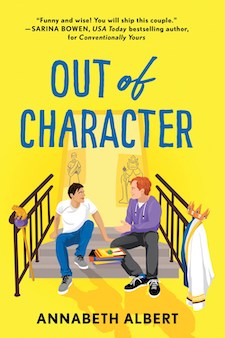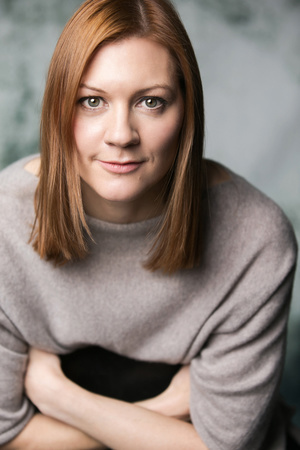Regency romances with diverse casts such as Netflix’s “Bridgerton” may be perceived as merely a laudable fantasy, but the reality is that the time period was far less lily-white than many historical romances acknowledge. Daniel Thackery, the titular nobleman in Vanessa Riley’s An Earl, the Girl, and a Toddler, is Black, and was inspired by real people of color who were elevated to similar positions by the prince regent, George IV. In this essay, Riley explores the many fascinating layers of Daniel’s experience as a Black aristocrat.
In 1982, cartoonist Bob Thaves wrote a memorable line in his “Frank and Ernst” syndicated strip: “Sure he [Fred Astaire] was great, but don't forget that Ginger Rogers did everything he did, backwards . . . and in high heels.”
It’s a sexist quote humorously offered to disclose what we don’t often talk about, the fact that two wonderfully attired peers whirl about a ballroom floor, spinning with that look of falling in love—shimmering eyes, bated breath—but the world doesn’t see them as equals.
The melanated set did exist in this world of finery built on exquisite manners and wealth from colonization, where gossip could spread from an impertinent look.
When writing people of color in the aristocracy, I think of Thaves’ quote. The melanated set did exist in this world of finery built on exquisite manners and wealth from colonization, where gossip could spread from an impertinent look. One could be vilified for being on the wrong balcony with the wrong person or getting caught falling in love with the wrong peer at the wrong time.
Imagine a couple dancing to a reel composed by a famous violinist. The couple is touching, lovingly in each other's arms, spinning around a leased, luxurious ballroom. Thousands of scenes from books may have entered your head, but did any include the renowned Black musician George Bridgetower or the rich rooms of the well-connected Black proprietor Jack Beef?
Now make the couple interracial, or Black, or Asian, or LGBTQ+ or with a visible disability. Whether we want to admit it or not, the story changes. Different sensibilities come into our well-conditioned, biased minds. We can’t help it. We’re born that way.
In An Earl, the Girl, and a Toddler, Daniel Thackery is one of the prince regent's favorites. It is a fact that Prinny elevated exceptional people of color, investing in their careers and allowing them access to his social world. It is also a fact that wealthy people of color attended balls, held balls and were outfitted in all the trappings money could buy.
ALSO IN BOOKPAGE: Read our review of An Earl, the Girl, and a Toddler.
We originally met Daniel, now Lord Ashbrook, as a reserved barrister and nephew to the Widow’s Grace mastermind Lady Shrewsbury in A Duke, the Lady, and a Baby. In An Earl, the Girl, and a Toddler the second book of the Rogues and Remarkable Women series, we see him moving in all his responsibilities. He’s a widowed single dad. He’s trying to keep his aunt and her women out of jail. He works in the prince regent's courts. His hands are full, but he deals with the imperfect world as it is.
Daniel must contend with those who don’t like his ascension. He must ignore the glares of some who don’t want him at the balls daring to dance with a member of the ton. He must share the chalked floor with those who refuse to acknowledge his humanity and hope his ratafia is watery.
Things as simple as making sure his cuffs are pressed and his cravat is perfectly tied feed into his anxiety. He understands that are people waiting for the slightest appearance of wrong to allow that niggling feeling, that suspicious notion of his character and motives, to convict him in their minds.
Guilty.
They will cheer if he’s scandalized. For some of his peers, it’s wrong for Daniel to be here, to be anywhere, to breathe.
And our hero knows this. He’s trying to build a better world for his little girl. He has hope. Breathe.
Did I mention the ones who love him? He’s an earl, right? Daniel is not a victim. He is a man who is a party to a system built for men. He has money and power within a patriarchy that rewards power.
Daniel is smart. He’ll not do life alone. He refuses to be one speck of color on a snowy canvas. He has good friends who share his ethnicity, his interests or both. They help him laugh and remember that he’s bright and loved. They’ll help him pick out his dancing slippers with an inch of Regency heel.
I’ve given you a glimpse of some of the things I think about when I write about people of color intersecting with the aristocracy. By acknowledging the knee-jerk discomfort that may arise from seeing Black characters in these roles while still surrounding the characters in the joy of being who they are and loving the skin they bring to the ballrooms, the world expands.
In this context, we learn about people and enjoy differing perspectives without the othering or painful narratives long associated with history and Black people and people of color. That’s a ballroom all can visit for a celebration of dance, dexterity and killer shoes.





















